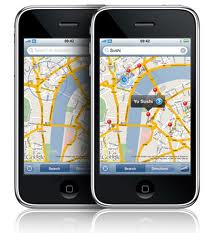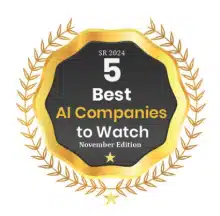- August 19th, 2011
- Jackson Parker
Stop Wasting Money on Excess Idling With FieldLogix Fleet GPS
Stop Wasting Money on Excess Idling With FieldLogix Fleet GPS
Did you know that each year fleet vehicles burn 8.9 billion gallons of fuel annually due to unnecessary idling and speeding? Chances are each of your vehicles burns up to 800 gallons of fuel per year due to unnecessary idling alone, which costs an estimated $2,864 per vehicle annually based on current gas prices of $3.58 a gallon.
Excessive idling is a tried and true fuel waster and is extraordinarily common in truck fleets, where frequent stops and starts are common.
The FieldLogix Customized Green Report identifies which vehicles are wasting time and money on excessive idling and speeding. The Excessive Fuel Report calculates how much money this is costing and shows how much CO2 is being emitted due to these avoidable driving habits. The green reporting features give each vehicle a Green Score and ranks each driver by who is most efficient.
FieldLogix Fleet GPS can you exactly how long a vehicle or group of vehicles has been idling – in real time or via minute-by-minute reports. You can see online where a vehicle was parked at each idling session, overlaid on familiar Google Maps. When enabled, idle alerts can be requested over the next 10, 20, 30, 40, 50 or 60 minutes, or set to alert you every 10 minutes via cell phone text message or email.














